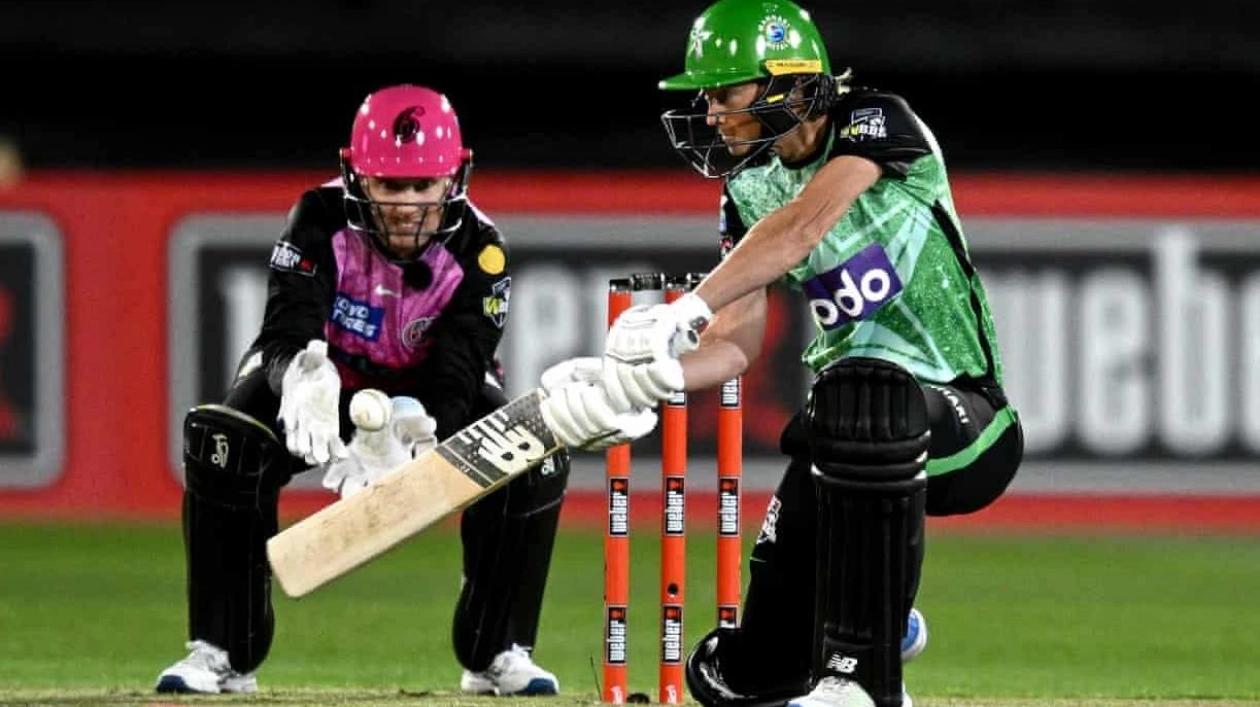As the Women’s Big Bash League (WBBL) enters its 10th season, it remains the benchmark for women’s domestic T20 cricket. However, while other sports organizations are expanding their women’s competitions, the WBBL has taken a different approach. Beginning with a double-header at Adelaide Oval on October 27, the WBBL has reduced its regular season from 14 to 10 matches per team. “The right thing for our competition is to play fewer events, but make them bigger and better,” explains Alistair Dobson, General Manager of Big Bash Leagues.
Jess Jonassen, captain of the Brisbane Heat, believes the condensed schedule makes it easier for players—especially international ones—to commit to the competition. “[14 rounds] was a long time,” she notes. “It meant being away from home for six weeks, which is a luxury players can’t afford given the congested international schedules.” This mirrors the challenges faced in men’s cricket, where players must increasingly choose between local opportunities, international matches, and emerging franchise leagues.
Jonassen, who has played in The Hundred in the UK, the Women’s Premier League in India, and the Caribbean Premier League, highlights the WBBL’s unique cultural impact on Australian cricket over the past decade. “You can’t be what you can’t see, and now there are so many female athletes being seen,” she says. “It’s rewarding to get that extra exposure after putting in so much effort.”
The 31-year-old recalls the early days when teams played two games a day to accommodate players’ work or study commitments. Those conditions have since given way to a professional environment with average salaries of $163,000 for state-contracted players. “This allows young women to see professional cricket as a viable career,” Jonassen explains. “But financial gains come from increased exposure and broadcast deals.”
The WBBL is widely regarded as the highest quality women’s T20 domestic competition, but the landscape is becoming more competitive with the expansion of the WPL in India and new entrants like the Caribbean Premier League. Dobson acknowledges the global nature of women’s cricket, emphasizing the need for the WBBL to remain competitive in terms of player proposition and scheduling coordination with the ICC and other member countries.
Cricket Australia prioritizes competitive salaries, professional environments, player development, and memorable match experiences to maintain the WBBL’s international reputation. “We want players to have an experience they’ll want to return to, whether it’s the treatment, the crowds, or the venues,” Dobson says. This summer marks the second phase of a strategy to integrate high-profile matches at large venues into the home-and-away season, alongside matches at smaller ovals.
Jonassen’s season with the Heat begins with a rematch against the defending champions, the Strikers, at Adelaide Oval, followed by a clash between the Melbourne Renegades and Sydney Sixers. The left-arm bowler aims to return to the Australian side after missing the recent T20 World Cup, where the national team was unexpectedly eliminated in the semi-finals.
Jonassen notes that Australian national team players are well-compensated, but global opportunities will continue to emerge, potentially leading players to focus on franchise opportunities. “It’s inevitable that this will become a consideration in the future,” she says. “Athletes know their careers are finite, so it’s about maximizing opportunities for financial security.”
Reflecting on her WBBL career, which includes 135 games—more than any other player—Jonassen fondly remembers her debut in 2015 at Junction Oval in Melbourne. “We played the [Melbourne] Stars twice in one day, and we didn’t get Meg [Lanning] out. It was a tough introduction,” she recalls.
Source link: https://www.theguardian.com






